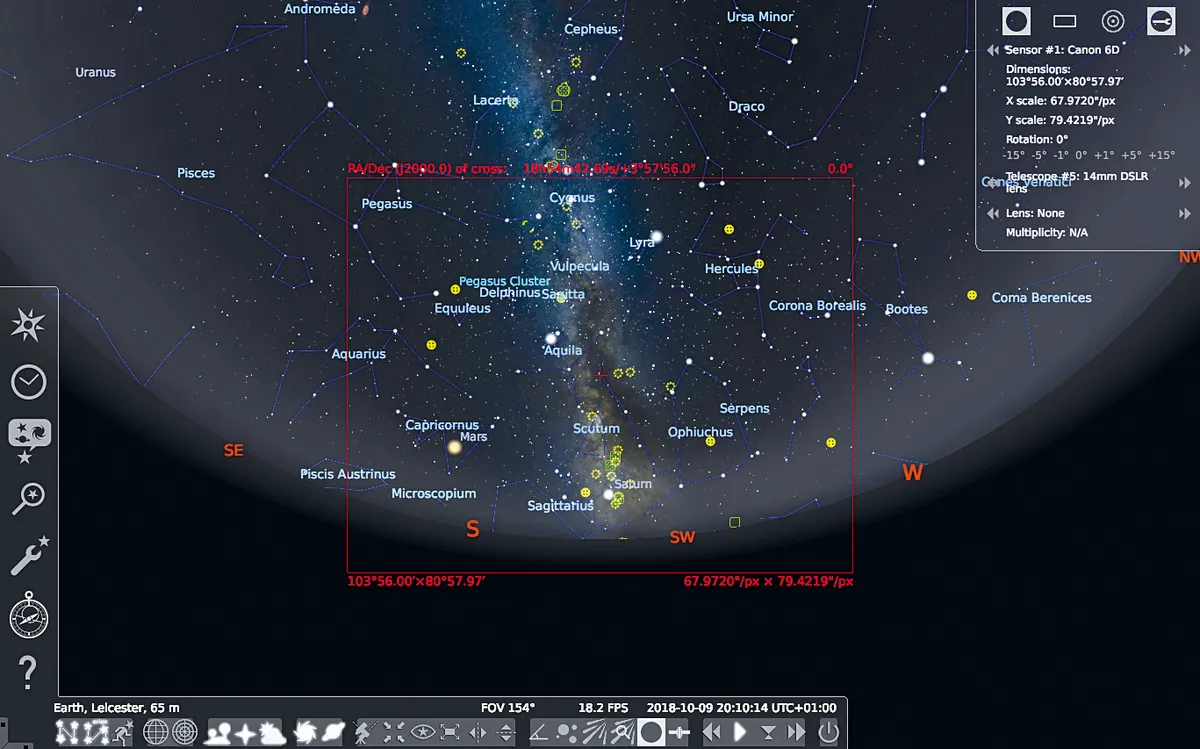Astronomy is an exciting and rewarding hobby, but having the right tools and knowledge can make all the difference. This guide covers the essential accessories and techniques to help beginners get the most out of their stargazing experience.
Essential Accessories
1. Telescopes and Binoculars
- Refractor Telescopes – Great for beginners due to their low maintenance and sharp images.
- Reflector Telescopes – Provide excellent deep-sky views at an affordable price.
- Binoculars – A budget-friendly option for observing large celestial objects like the Moon and star clusters.
2. Eyepieces and Barlow Lenses
- Eyepieces – Different focal lengths provide various magnifications for viewing planets, nebulae, and galaxies.
- Barlow Lenses – Double or triple the magnification of an eyepiece, enhancing the detail of celestial objects.
3. Star Charts and Apps
- Printed Star Charts – Useful for learning constellations and locating celestial objects.
- Astronomy Apps – Interactive tools like Stellarium or SkySafari help pinpoint planets, stars, and deep-sky objects in real time.
4. Filters for Viewing and Imaging
- Moon Filters – Reduce glare and enhance lunar surface details.
- Light Pollution Filters – Improve deep-sky observations in urban areas.
- Solar Filters – Allow safe viewing of the Sun.
5. Mounts and Tripods
- Altazimuth Mounts – Simple to use and ideal for beginners.
- Equatorial Mounts – Essential for tracking celestial objects as they move across the sky.
6. Astrophotography Gear
- Smartphone Adapters – Attach your phone to a telescope for basic imaging.
- DSLR Cameras – Provide high-quality images when paired with a telescope.
- Tracking Mounts – Enable long-exposure photography for deep-sky imaging.
Essential Techniques
1. Star-Hopping
- Use bright stars and constellations as reference points to navigate the night sky and locate celestial objects without a computerized system.
2. Polar Alignment
- Align an equatorial mount with Polaris (or the Southern Hemisphere’s equivalent) for smooth tracking and precise long-exposure astrophotography.
3. Focusing Techniques
- Use a Bahtinov mask for sharp focus in astrophotography.
- Adjust focus gradually when observing through a telescope to achieve the clearest image.
4. Understanding Seeing and Transparency
- “Seeing” refers to atmospheric turbulence; the steadier the atmosphere, the better the view.
- “Transparency” is affected by humidity and air pollution, influencing the clarity of celestial objects.
5. Dark Adaptation
- Avoid bright lights and use red flashlights to preserve night vision for improved visibility of faint celestial objects.
6. Tracking and Guiding
- Manual tracking requires adjusting a telescope’s position to follow objects.
- Motorized tracking and guiding systems help maintain precise movement for extended observation or photography.
Conclusion
Equipping yourself with the right accessories and mastering basic techniques will significantly enhance your astronomy experience. Whether using binoculars for casual stargazing or setting up a telescope for detailed planetary observation, these tools and methods will help beginners get the best possible views of the night sky.

